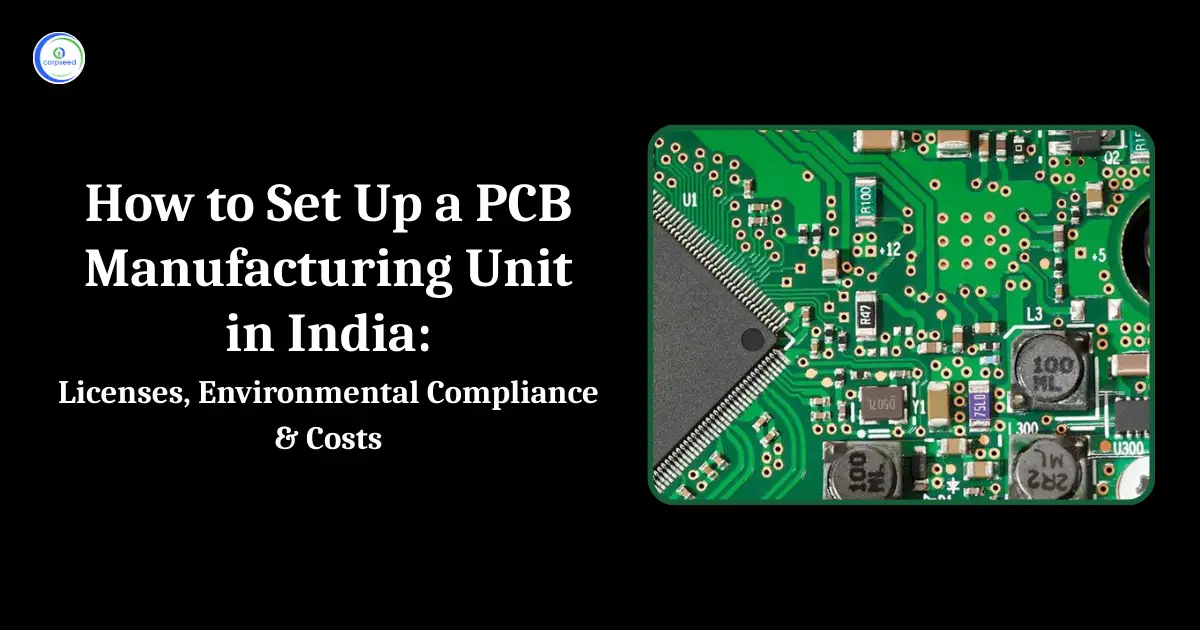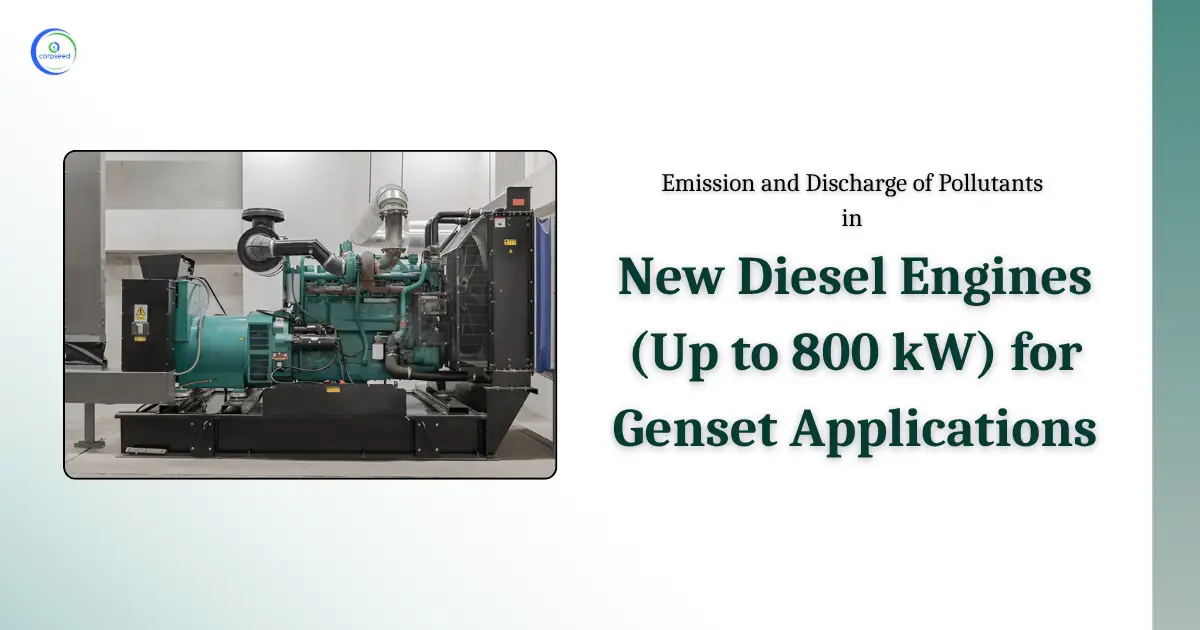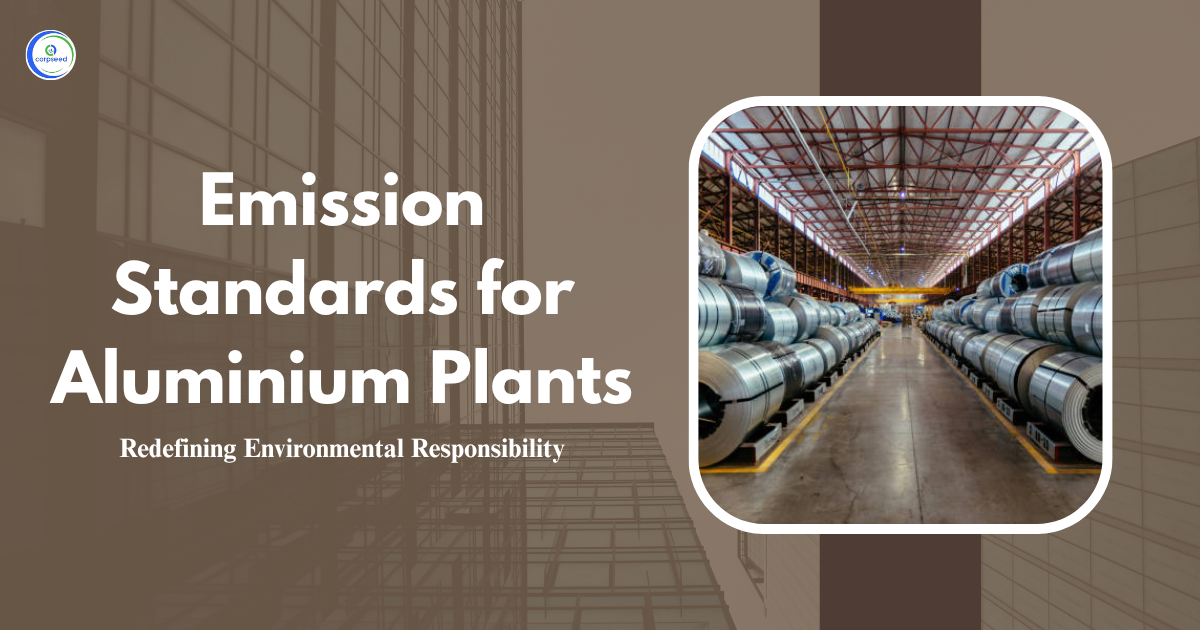The paint industry plays an important role in modern infrastructure, architecture and manufacturing, yet its environmental impact is significant. Industrial emissions, counting volatile organic compounds (VOCs) and other hazardous substances, add to air pollution and can poorly affect both human health and the environment. To reduce these impacts, governments and environmental organizations enact strict standards and regulations.
Table of Contents
Understanding the Environmental Protection Rules, 1986
The Environment (Protection) Act, 1986, functions as the keystone of India’s environmental regulatory framework. This Act was implemented for the protection and improvement of the environment and related matters. It authorizes the government to enact rules and regulations to prevent pollution, and its provisions apply to all industries, including the paint sector.
The Environment (Protection) Rules, 1986, revised over the years, is central to controlling pollution for industries. These rules set specific emission standards for air, water and land pollution from industrial activities. Under these laws, the Central Pollution Control Board (CPCB) and the State Pollution Control Board (SPCB) are accountable for setting emission standards, monitoring compliance, and imposing penalties for violations. The 2018 draft notification for industries including the paint sector further improved these regulations, adding stricter principles for pollutant emissions and discharges.
Environmental Pollutants from the Paint Industry
The paint industry produces numerous types of pollutants, mainly air and waterborne contaminants. These pollutants include:
- Volatile Organic Compounds (VOCs): VOCs are chemicals used in paint formulation, which vaporize into the air during the application and drying process. These compounds add significantly to air pollution and smog formation.
- Heavy Metals: Some paints, especially those with lead, mercury, or cadmium, discharge heavy metals into the environment, contaminating water and soil.
- Solvents: Solvents used in paint formulation can contaminate water reservoirs if discharged incorrectly during the production process.
- Particulate Matter: Dust and particles produced during manufacturing, transportation, or paint application can cause respiratory problems and environmental damage.
- Toxic By-products: Some chemicals present in paints can crumble into harmful by-products and further increase environmental degradation.
Benefits of Emission Standards
Emission standards are important to regulate and reduce the environmental impact of the paint industry. These regulations offer several benefits, including:
- Improved Air Quality: Emission standards limit the discharge of VOCs and other airborne pollutants, improving ambient air quality and minimizing health risks associated with air pollution.
- Protection of Water Bodies: By controlling the expulsion of harmful chemicals into water sources, emission standards help safeguard aquatic ecosystems and water quality.
- Public Health Safeguard: By mitigating toxic emissions, standards help reduce health risks such as cancer, respiratory problems, and skin conditions due to exposure to hazardous chemicals.
- Encouragement of Sustainable Practices: With the establishment of emission standards, companies are encouraged to adopt eco- friendly practices such as water-based paints and low solvent formulations.
- Legal Compliance and Penalties: Clean emission standards minimize the risk of legal penalties for non-compliance and boost industries to adopt best practices for environmental protection.
Paint Industry Emission Standards
The paint industry must comply with specific emission standards established by the CPCB and SPCBs to ensure that pollutants are managed effectively. These standards include:
- Limits on VOC Emissions: The Emissions of VOCs are strictly regulated under the Environment (Protection) Act and other relevant notifications. VOC levels should be monitored and minimized, particularly during the drying and curing stages of paint production.
- Limits on Heavy Metal Discharges: Paint manufacturers must adhere with stringent regulations on heavy metals such as lead, chromium and cadmium. These metals are extremely toxic and their emission into the environment should be reduced.
- Particulate Matter Control: The Emissions of dust and particulate matter from paint manufacturing units are managed by emission standards, with measures like proper filtration systems and waste handling procedures.
- Treatment of Wastewater: Wastewater from the paint industry, often contains solvents and other chemicals, must be treated before being discharged into aquatic bodies. The standards for effluent treatment plants (ETPs) ensure that the released water meet the desired quality standards.
- Air Quality Monitoring: Industries need to install continuous emission monitoring systems (CEMS) to track and report levels of air pollutants such as VOCs, particles and other harmful emissions.
Emission standards for the paint industry consist of specific limits on pollutants such as VOCs, particulates and heavy metals. These standards are designed to reduce environmental impacts and ensure that pollution is efficiently controlled through monitoring and reporting mechanisms.
| S.No. | Industry | Parameter | Standards |
| “42 | Paint Industry | A- Emission Standards | |
| Concentration not to exceed | |||
| Particulate Matter (all process vents attached to pre-mixers and mixers | 50 mg/Nm3 | ||
| Note: (i) All dust generating equipment or processes shall be provided with dust extraction arrangement. (ii) The bag houses, etc. shall be connected to chimneys or stacks of at least twelve metres height or at least two metres above the top most point of the building, shed or plant in the industry, which so ever is higher. (iii) The unit shall channelize shop floor or fugitive emissions through a stack of twelve metres height or at least two metres above the top most point of the building or shed or plant in the industry, which so ever is higher. |
|||
| B. Effluent Standards | |||
| (i) Large scale water based plants shall meet zero liquid discharge from process section. (ii) All Micro, Small and Medium units as per Micro, Small and Medium Enterprises Development Act, 2006 (27 of 2006) and Solvent based large scale paint units shall meet the standards given as: |
|||
| Parameter | Concentration not to exceed, (in mg/l except for pH and Bioassay) | ||
| pH | 6.5 – 8.5 | ||
| Total Suspended solid (TSS) | 100 | ||
| Bio-Chemical Oxygen Demand (BOD) (3 days at 270C) | 30 | ||
| S. No. | Industry | Parameter | Standards |
| Phenolics as C6H5OH | 1.0 | ||
| Oil and Grease | 10 | ||
| Bio-Assay Test | 90% survival in 100% effluent in 96 hours | ||
| Heavy Metals* | |||
| Lead as Pb | 0.1 | ||
| Chromium (Hexavalent) | 0.1 | ||
| Total Chromium | 2.0 | ||
| Copper as Cu | 2.0 | ||
| Nickel as Ni | 2.0 | ||
| Zinc as Zn | 5.0 | ||
| Arsenic as As** | 0.2 | ||
| Cobalt as Co | 0.2 | ||
| Total Heavy metals | 7.0 | ||
| C- Service Wastewater | |||
| All efforts shall be made by the industry for ‘zero discharge’ of service wastewater, and in case, the industry prefers to discharge service wastewater, the following norms shall be complied with:- | |||
| Concentration not to exceed, (in mg/l except for pH and temperature) | |||
| pH | 6.5 – 8.5 | ||
| Suspended SolidSuspended Solids | 100 | ||
| Oil and Grease | 10 | ||
| Temperature | Not more than 5°C higher than the intake water temperature | ||
| D- Storm-Water | |||
| (i) Storm water for a plant, a unit (having plot size at least 250 square metres) shall not be allowed to mix with scrubber water, effluent and/or floor washings. (ii) Storm water within the battery limits of a unit shall be channelized through separate drain or pipe passing through a High Density Poly ethylene (HDPE) lines pit having holding capacity of 10 minutes (hourly average) of rainfall. |
|||
| E- Guidelines for Solvent Losses | |||
| (i) the total losses of solvent should not be more than 5% of the solvent consumed, if solvent consumption less than 1000 tons/Annum; and (ii) the solvent loss should not be more than 3% of the solvent consumed, if solvent consumption greater than 1000 tons/Annum. |
|||
| * The units shall meet the prescribed limits of heavy metals in treated effluent, however, in cases where heavy metal concentration in intake water is more than prescribed limits, State Pollution Control Boards or Pollution Control Committees may specify higher limits of heavy metals provided the maximum limits are restricted to the background limits of intake water. ** In case As is geogenic in ground water, the State Pollution Control Boards/Pollution Control Committees may relax the limit with respect to it appropriately, provided the built of As in waste water does not exceed 0.2 mg/l over and above the As in raw water and limit with respect to total heavy metals is maintained”. |
|||
Also Read: What are the Standards for Emission or Discharge of Environmental Pollutants for Glass Industry
Monitoring and Reporting
Monitoring and reporting are crucial to ensure that paint manufacturers comply with established emission standards. Companies should keep correct records of their emissions and discharge levels, and inform the same at regular intervals to the CPCB and SPCB. This allows timely identification of any pollution-related problems and facilitates corrective measures. Monitoring systems need to be made transparent, and data must be available to the public to ensure accountability.
Moreover, environmental audits and inspections are carried out by authorities to confirm that the industry lives up to its environmental commitments. Failure to comply with these regulations can result in fines, penalties, or even shutdown orders.
Conclusion
The paint industry, while vital for the economy, poses significant environmental threats due to its emissions and discharges. The Environment (Protection) Act, 1986, with its amendments, including the 2018 rules, have framed strict guidelines to control these emissions. By implementing emission standards for the treatment of VOCs, heavy metals, particulate matter, and wastewater, the paint industry can minimize its environmental impact, improve public health, and promote sustainable production practices. Monitoring and reporting systems ensure compliance and accountability, which is necessary for all industry players to conform to these standards to safeguard both the environment and society.
This portion of the site is for informational purposes only. The content is not legal advice. The statements and opinions are the expression of author, not corpseed, and have not been evaluated by corpseed for accuracy, completeness, or changes in the law.
BOOK A FREE CONSULTATION
Get help from an experienced legal adviser. Schedule your consultation at a time that works for you and it's absolutely FREE.







_Corpseed.webp)
.webp)
